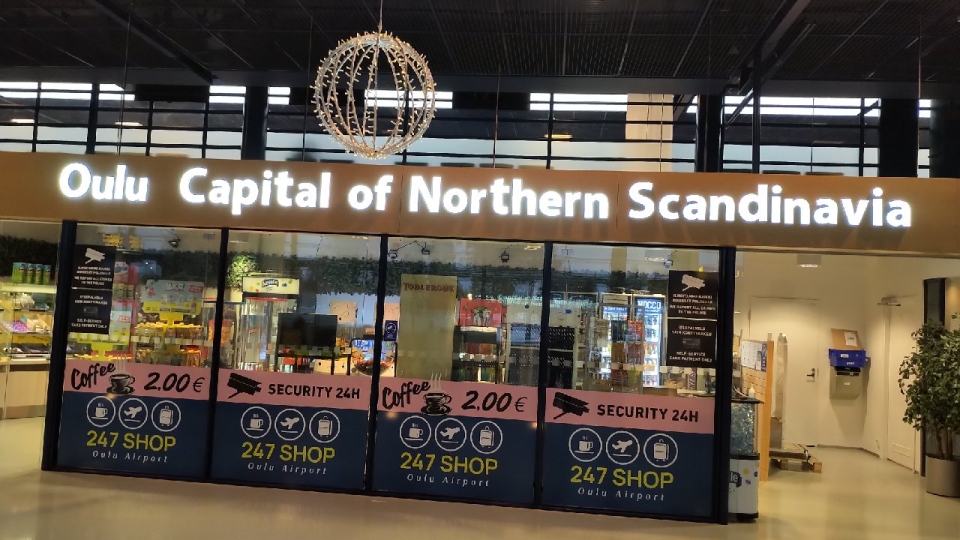
The testing services space is a demanding one for participants as new technologies hit the hype cycle, and those behind commercial roll-outs chop and change the formats and timings of those technologies.
IT Europa got the chance to look behind the scenes of one new technology market, that of 6G mobile connectivity, being invited to European 6G hotspot Oulu in Northern Finland, on a tour organised by Business Finland.
Oulu not only bills itself as the “Capital of Northern Scandinavia”, it also promotes itself as the leading location of European 6G research, helped by both Finnish government funds and those available through the European Union.
The University of Oulu is home to the country’s 6G Flagship research and development project, which works with the likes of Nokia and Ericsson, and which is supported by international testing services company Keysight Technologies, that is a key player in every new fixed line and mobile wireless technology.
As 5G continues to be rolled out, the 3rd Generation Partnership Project (3GPP) organisation is hard at work in developing standards for 5G Advanced, and is beginning to talk about what may be included in the first release of 6G.
Sarah LaSelva, director of 6G marketing at Keysight Technologies, said: “It is exciting to think about the start of 6G, but we, as an industry, still have a lot of work to do on 5G and 5G Advanced. Articles and presentations at recent wireless industry events have been quick to criticise the roll-out of 5G and lacklustre reception from consumers.
“In reality, many consumers have only experienced the non-standalone (NSA) version of 5G [a mixture of 4G and 5G]. The most exciting and promising features of 5G need standalone (SA) to be deployed to be realised, which isn’t widely available outside of India and China today.”
She said the next several years of 5G Advanced development and deployment will give communications engineers an opportunity to “reinvigorate” firms and consumers, and the larger wireless ecosystem, by delivering “much anticipated features and upgrades” to networks.
Planning is everything though, and Oulu certainly hasn’t wasted any time around 6G. In fact, with the backing of local, national, and international government, it has been ploughing cash and skills into 6G development since 2018.
That’s about ten years before the first fully fledged trials of 6G are expected after most of the standards are ratified, and 12 years before the first full commercial roll-outs of 6G services through telcos and other communications service providers (CSPs) in 2030.
Janne Kolu, senior manager of Keysight’s Oulu research site, said new spectrum technologies, artificial intelligence, digital twins and industry 4.0, and new network topologies – including mobile network integration with satellites – would be chief drivers for 6G.
Kolu maintained that Europe and the US were ahead of Asia when it came to 6G research and development, which is the opposite regarding 5G development and deployment.
When asked how hard it is to make sure what is being tested now around 6G, is relevant, ahead of 6G standards being ratified by international standards bodies, Kolu said: “We are here for what the customers [CSPs etc] want us to test, but it would be very bad for 6G if there were too many frequencies being used.”
Such a negative would be a result of standards not being properly decided globally. That happened around 3G, with Japan, for instance, having its own standard.
Whatever happens though, a relatively small city near Lapland has already carved a niche for itself in 6G services.
